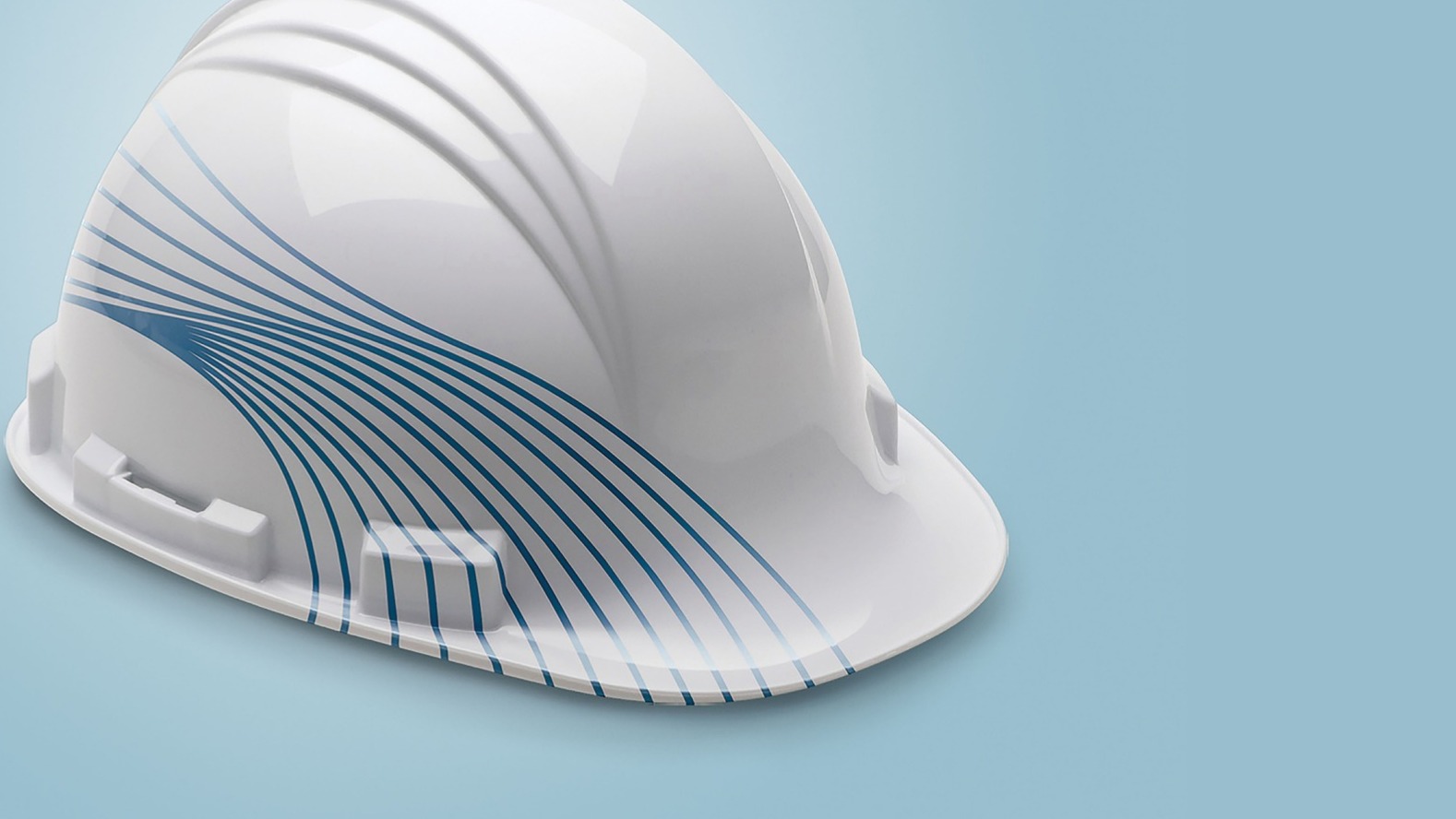
Upkeep of Insulation
Upkeep of Insulation
Table of Contents
- Introduction
- Understanding Insulation Damage and Displacement
- Common Causes of Insulation Damage and Displacement
- Signs of Insulation Damage or Displacement
- The Importance of Addressing Insulation Damage and Displacement
- Upkeep and Maintenance Practices for Insulation
- DIY vs. Professional Upkeep
- Conclusion
Introduction
Building insulation is essential for preserving thermal comfort and energy efficiency. However, over time, insulation can suffer from various issues, including damage and displacement. In this article, we will explore the importance of addressing insulation damage or displacement and provide insights into effective upkeep practices to ensure the optimal performance of insulation systems.
Understanding Insulation Damage and Displacement
Insulation damage refers to any physical impairment that affects the insulation material's integrity or functionality. This can include tears, punctures, compression, moisture intrusion, or degradation due to environmental factors. On the other hand, insulation displacement occurs when insulation materials become dislodged, shifted, or improperly installed, leading to compromised insulation effectiveness.
Common Causes of Insulation Damage and Displacement
Understanding the common causes of insulation damage and displacement is crucial in implementing preventive measures. Some typical causes include:
- Physical impact: Accidental impact during construction or maintenance activities can damage insulation materials.
- Moisture intrusion: Water leaks or high humidity levels can degrade insulation, causing it to lose its effectiveness.
- Pest infestation: Pests, such as rodents or insects, can nest in insulation, leading to damage and displacement.
- Aging and deterioration: Over time, insulation materials can deteriorate due to natural wear and tear, reducing their performance.
- Improper installation: Inadequate installation techniques can result in insulation displacement or create gaps that compromise its efficiency.
- Structural settling or movement: Building settlement or structural shifts can cause insulation displacement or damage over time.
Signs of Insulation Damage or Displacement
Detecting signs of insulation damage or displacement is essential for timely intervention. Some common indicators include:
- Visible tears, rips, or holes in insulation material.
- Wet spots, mold growth, or water stains on or around insulation.
- Inconsistent temperature distribution or increased energy bills.
- Drafts or cold spots near windows, doors, or other insulation areas.
- Rodent or pest activity within insulation.
- Uneven or compressed insulation material.
The Importance of Addressing Insulation Damage and Displacement
Addressing insulation damage and displacement is vital for several reasons:
- Energy efficiency: Damaged or displaced insulation can result in energy loss, leading to increased heating or cooling costs.
- Thermal comfort: Ineffective insulation compromises indoor temperature regulation, causing discomfort for occupants.
- Moisture control: Damaged insulation may allow moisture to penetrate, leading to mold growth, structural issues, and health risks.
- Indoor air quality: Inadequate insulation can impact indoor air quality by allowing pollutants, allergens, or outdoor pollutants to enter.
- Longevity of building components: Proper insulation maintenance preserves the integrity of structural elements, such as wooden frames or metal structures.
Upkeep and Maintenance Practices for Insulation
Implementing regular upkeep and maintenance practices is crucial to address insulation damage or displacement effectively. Here are some recommended practices:
Regular Visual Inspections
Perform visual inspections at regular intervals to identify any signs of damage or displacement. Focus on areas prone to wear, such as attics, basements, crawl spaces, and areas exposed to moisture or pests.
Repairing Damaged Insulation
If you notice any tears, holes, or other damage in insulation materials, it's essential to repair them promptly. Use appropriate patching materials or replace the damaged sections if necessary.
Reinstalling Displaced Insulation
In cases where insulation materials have become displaced or shifted, reposition them correctly. Ensure a snug fit and proper coverage to maximize insulation effectiveness.
Adding Supplementary Insulation
Consider adding supplementary insulation in areas with inadequate coverage or insulation thickness. This can help enhance overall thermal performance and address potential energy loss.
Upgrading Insulation
Periodically assess the insulation's condition and effectiveness. If your insulation is outdated or no longer meets current energy efficiency standards, consider upgrading to more advanced insulation materials or techniques.
DIY vs. Professional Upkeep
While some insulation upkeep tasks can be handled as DIY projects, certain situations may require professional assistance. Complex repairs, extensive insulation damage, or addressing insulation issues in hard-to-reach areas may warrant the expertise of insulation professionals.
Conclusion
Proactive and regular upkeep of insulation is essential for maintaining energy efficiency, thermal comfort, and the overall performance of a building. By addressing insulation damage or displacement through visual inspections, prompt repairs, reinstallation, and necessary upgrades, you can ensure optimal insulation performance and prolong the lifespan of your insulation system.
Call Fargo Insulation Pros to learn more!